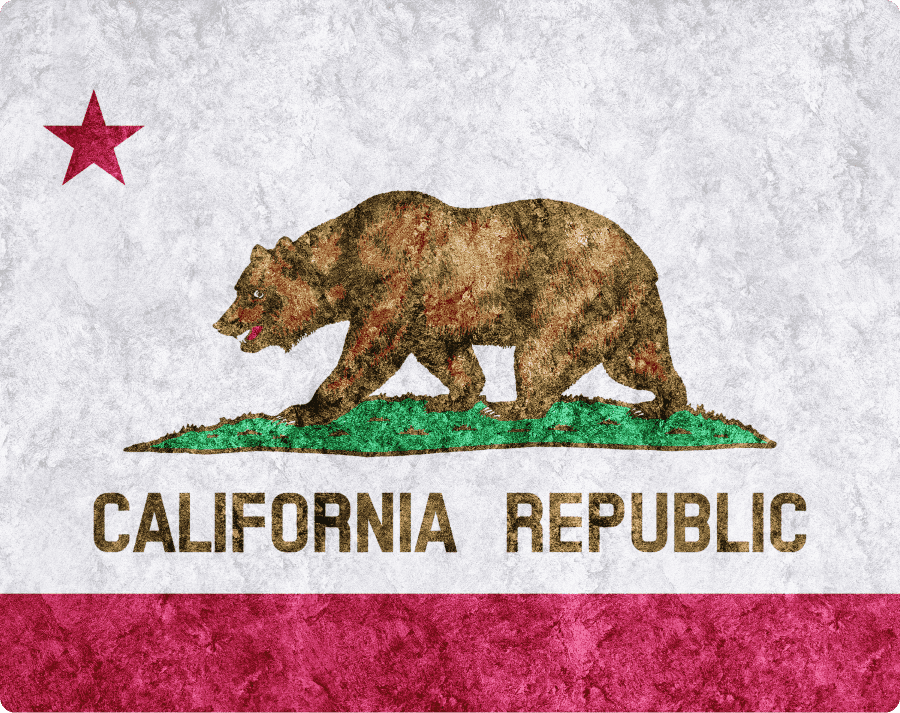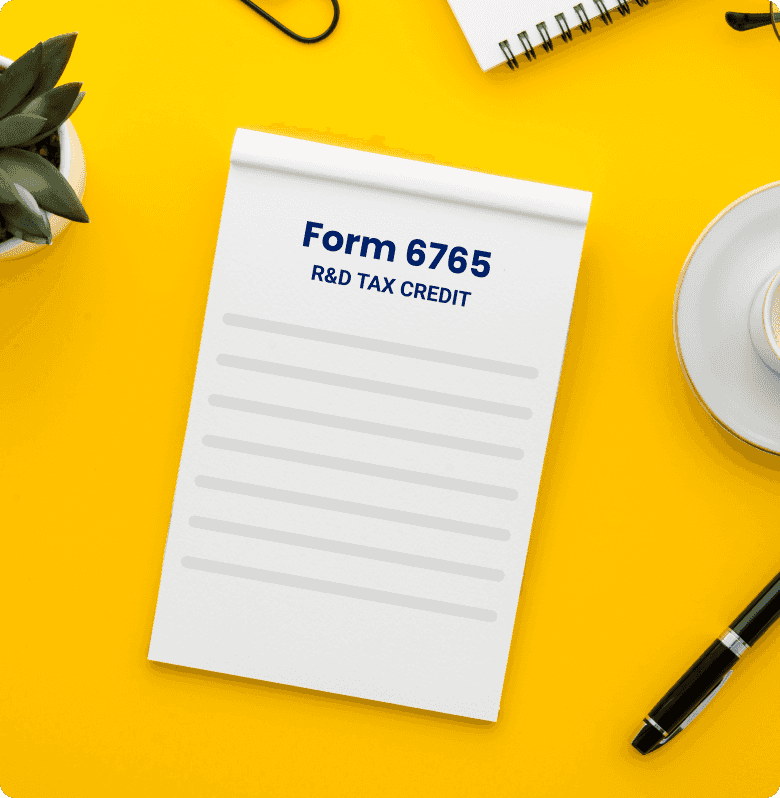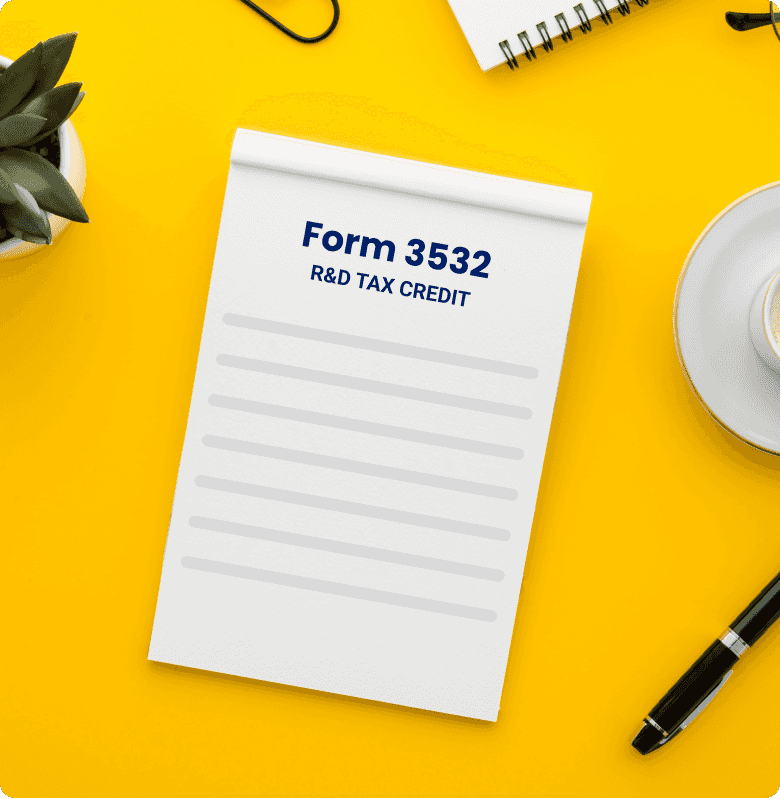CALIFORNIA R&D TAX CREDITS
Are you in need of innovative and qualified research-based in California? Apply for the California R&D Tax Credit. Ever heard of it? You can find everything you need to know about California Tax credit right here!
Overview R&D Tax Credits in California
In California, the R&D Tax Credit (or Research and Development Tax Credit) is a state-level tax break similar to the Federal R&D Tax Credit, just with some adjustments. It mainly requires one to have their research qualified enough to be eligible to apply, and once this is attained, it reduces the payroll or income tax for the business. The credit gives companies the incentive to develop new Products, Processes, and Systems in California, thus providing jobs and stimulating the state’s economy.
Differences between the State and Federal levels of the R&D Tax Credits
The way that the State credit differs from the Federal level is the following:
The federal tax credit has a rate of 20%, whereas California’s credit rate is 15%.
The research in question MUST be conducted in California California does not have any Alternative Simplified Credit (ASC) California does allow for Alternative Incremental Research Credit This research and development tax credit is permanent For companies that are providing services, California defines “gross receipts” differently

California R&D Tax Credit: Eligibility Criteria
A start-up business is required to meet the following conditions to be eligible to apply: California has continually made changes to its R&D credit to make them more attractive to interested businesses. Qualifying sectors can include agriculture, software, biotech, pharmaceutical companies, manufacturing, and more – R&D can occur virtually in any sector, provided that the company in question meets certain eligibility criteria.
Companies incorporated in California that intend to claim state-level R&D tax credits in this state are required to meet the following conditions to be eligible to apply:
As of January 2022, the IRS officially changed the requirements for documentation of R&D. Firstly, the IRC would be accepting from all companies trying to get a part of the $22 Billion tax credit funds. After this, the one-year transition period for that company begins, during which if the IRC does not deem the client sufficient, they will provide them with a notice. This notice would mean that the taxpayers now have a period of 45 days for perfecting their research credit so that they can claim a refund. Once this transition period ends, the IRS would have the full authority to reject the taxpayer’s claim if they fail to provide them with additional documentation.

If a business claims the R&D tax credit, they are required to:
- Identify all the business components forming IRC 41 credit claim’s factual basis for the corresponding year.
- Providing all research that was performed by the business
- Identifying the information that every individual had discovered
- Using form 6765 to provide the total expenses of the qualified supply, the qualified contract research, and the qualified employee wage.
Form 6765 and its Instructions
The basic purpose of this form is to figure and claim the credit for increasing the research credit, elect reduced credit as per Section 280C, and elect to claim a particular credit amount as a payroll tax credit compared to the social security taxes of employees. This form has had some amendments made to it with regards to the wages. As mentioned before, the qualified employee wage or the “wages for qualified services.” These wages are not supposed to include the wages that are used to figure out the opportunity credit of work.
Furthermore, these wages are not supposed to include the wages that:
Had been paid to or sustained by an employee after December 2020 and before July 2021 to claim the retention credit of the employee. Had been paid to or sustained generally by any employee after December 27, 2019, and April 2021. As for 2022, the wages paid after 30th June 2021 and 1st January 2022, and have been used to figure out the credit for an increase in payments of research activities, can also not be used for figuring the retention credit of a COVID-related employee.

Specifications for Start-up companies to apply
A start-up business is required to meet the following conditions to be eligible to apply:
Have less than 3 taxable years between 1983 and 1989, having both expenses for the qualified research and gross receipts.
To obtain this credit, one would need to complete form 3523.
If the taxable years begin after 1st January 1997, the first one with both expenses for the qualified research and gross receipts is the year that begins on 1st January 1984. Before the taxable years beginning on 1st January 1994, all the start-up companies had been assigned with 3% of base percentage, which only applied to the 1st five taxable years of the taxpayer, starting from 31st December 1993.
Form 3532 and its Instructions
This form aims to compute and claim the research credit due to the increase in a business or trade’s research activities. This form can also be used to claim any pass-through credits that have been received from estates, trusts, S corporations, limited liability companies, and, lastly, partnerships.
After knowing all of this information, all that is left for one to do is:
- Fill in an income tax return document
- Attach the Research credit form 3523
- Visiting the Instructions for form 3523
- Crediting assignments
Form 3532 contains Sections:

Form 3532 contains Sections:

How do you qualify for it?
A start-up business is required to meet the following conditions to be eligible to apply: The big question truly stands like this. You can qualify for the California R&D Tax Credit given that there is/are: